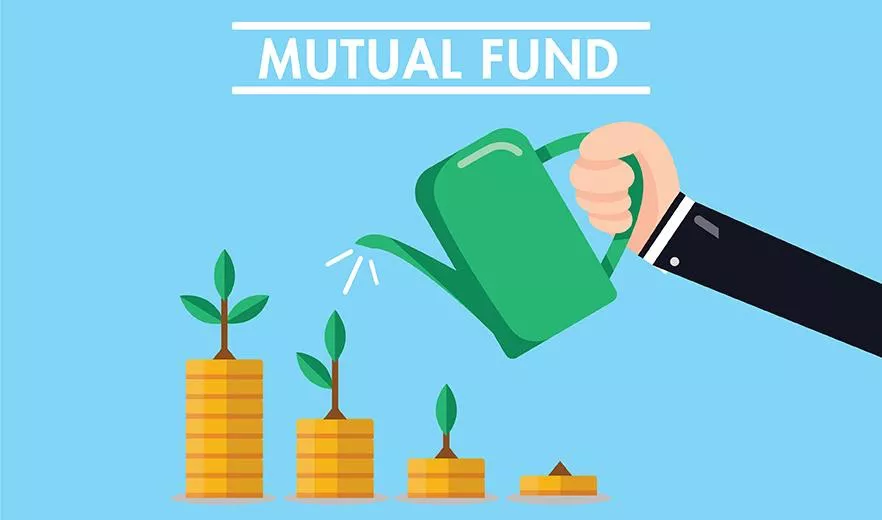Index funds have gained popularity among investors for their simplicity and low costs. They provide an easy way to invest in a broad market segment without the need for extensive research or active management. One aspect that often attracts investors to index funds is their potential to pay dividends. This article explores how index funds pay dividends, the types of dividends they offer, and what investors should know about them.
Understanding Index Funds
What Are Index Funds?
Index funds are mutual funds or exchange-traded funds (ETFs) designed to replicate the performance of a specific market index. Examples include the S&P 500, the Dow Jones Industrial Average, and the Nasdaq Composite. By investing in an index fund, investors gain exposure to a wide range of stocks or bonds within that index.
How Index Funds Work
Index funds are passively managed. Instead of a manager selecting individual securities, the fund automatically invests in the same stocks or bonds that constitute the underlying index. This approach generally leads to lower fees compared to actively managed funds.
Benefits of Investing in Index Funds
Diversification: Index funds provide instant diversification, reducing the risk associated with investing in individual stocks.
Lower Costs: With lower management fees, index funds are often more cost-effective than actively managed funds.
Market Returns: Index funds aim to match, not beat, the market, which can be beneficial for long-term investors.
Understanding Dividends
What Are Dividends?
Dividends are payments made by a corporation to its shareholders. They represent a portion of the company’s earnings distributed to investors. Companies that pay dividends typically do so on a regular basis, often quarterly.
Types of Dividends
Cash Dividends: The most common form of dividend, paid directly to shareholders in cash.
Stock Dividends: Additional shares are given to shareholders instead of cash.
Special Dividends: One-time payments made by companies, usually following an exceptionally profitable period.
How Index Funds Pay Dividends
Dividend Payments from Underlying Stocks
Index funds generate dividends by holding stocks that pay dividends. When these companies declare dividends, the index fund receives payments based on its holdings.
Proportionate Share: If an index fund owns a certain percentage of a company, it will receive that percentage of the dividends declared.
Reinvestment: Many index funds offer a dividend reinvestment option, allowing investors to reinvest dividends to purchase additional shares.
Dividend Yield of Index Funds
The dividend yield of an index fund is calculated by dividing the annual dividends paid by the fund’s current price. This yield provides insight into how much an investor can expect to earn from dividends relative to the fund’s price.
Types of Index Funds and Their Dividends
Broad Market Index Funds: Funds that track major indices like the S&P 500. These often have a moderate dividend yield due to their diversified nature.
Dividend-Focused Index Funds: Funds that track indices specifically designed to include high-dividend-paying stocks, such as the S&P 500 Dividend Aristocrats Index. These funds typically offer higher yields.
Bond Index Funds: These funds pay interest rather than dividends. However, they may still be considered in discussions of income-producing investments.
The Process of Dividend Payments
Declaration and Ex-Dividend Dates
When a company decides to pay a dividend, it goes through a series of steps:
Declaration Date: The company announces the dividend amount and the payment date.
Ex-Dividend Date: The cutoff date for being eligible to receive the dividend. Investors must own the stock before this date.
Record Date: The date on which the company checks its records to see who qualifies to receive the dividend.
Payment Date: The date the dividend is paid to eligible shareholders.
Impact on Index Funds
Once the underlying companies declare dividends, index funds will typically follow these steps:
Collect Dividends: The index fund collects dividends from the companies in its portfolio.
Distribution: The fund distributes the collected dividends to its shareholders. This is typically done on a quarterly basis.
Factors Affecting Dividend Payments in Index Funds
Market Conditions
Market conditions can influence the amount of dividends paid by companies. During economic downturns, companies may reduce or eliminate dividends, affecting index funds’ overall dividend payments.
Fund Management
The way an index fund is managed can also impact dividend payments. Some funds may choose to reinvest dividends, while others distribute them to shareholders.
Changes in Underlying Companies
If a company within the index cuts or increases its dividend, it directly affects the fund’s overall dividend payouts. For example, if a major component of an index fund reduces its dividend, it may lower the fund’s yield.
Advantages of Investing in Dividend-Paying Index Funds
Steady Income Stream
One of the most significant benefits of investing in dividend-paying index funds is the potential for a steady income stream. This can be particularly appealing to retirees or those seeking passive income.
Compounding Growth
Reinvesting dividends allows investors to take advantage of compounding growth. Over time, reinvesting dividends can significantly increase the total value of an investment.
Inflation Hedge
Dividends can serve as a hedge against inflation. As companies grow and increase their profits, they often raise dividends, helping investors maintain purchasing power.
Risks of Investing in Dividend-Paying Index Funds
Market Risk
Like all investments, index funds carry market risk. If the overall market declines, the value of the fund may decrease, impacting the total return.
Dividend Cuts
Companies can cut or eliminate dividends based on their financial performance. A reduction in dividends can negatively affect the yield and total return of the index fund.
Concentration Risk
Some index funds may concentrate their investments in specific sectors. If that sector underperforms, it can adversely affect the fund’s dividends.
Tax Implications of Dividend Payments
Tax Treatment of Dividends
Dividends from index funds may be subject to taxation. The tax treatment depends on whether the dividends are classified as qualified or ordinary.
Qualified Dividends: These are taxed at a lower capital gains tax rate, making them more favorable for investors.
Ordinary Dividends: These are taxed at the investor’s ordinary income tax rate, which can be higher.
Reporting Dividends
Investors must report dividends on their tax returns. Form 1099-DIV is typically used to report dividends received throughout the year.
Conclusion
Index funds are an effective way for investors to gain exposure to a diversified portfolio while benefiting from dividend payments. By understanding how index funds pay dividends, investors can make informed decisions about their investments.
Investors should consider the type of index fund, market conditions, and the overall dividend yield when choosing funds. While there are risks associated with dividend-paying index funds, the potential for steady income and compounding growth can make them an attractive investment option.
As with any investment, it is essential to conduct thorough research and consult with financial professionals to align investment strategies with individual financial goals. By leveraging the advantages of index funds and being aware of the risks, investors can enhance their portfolios while enjoying the benefits of dividend income.
Related topics:
































